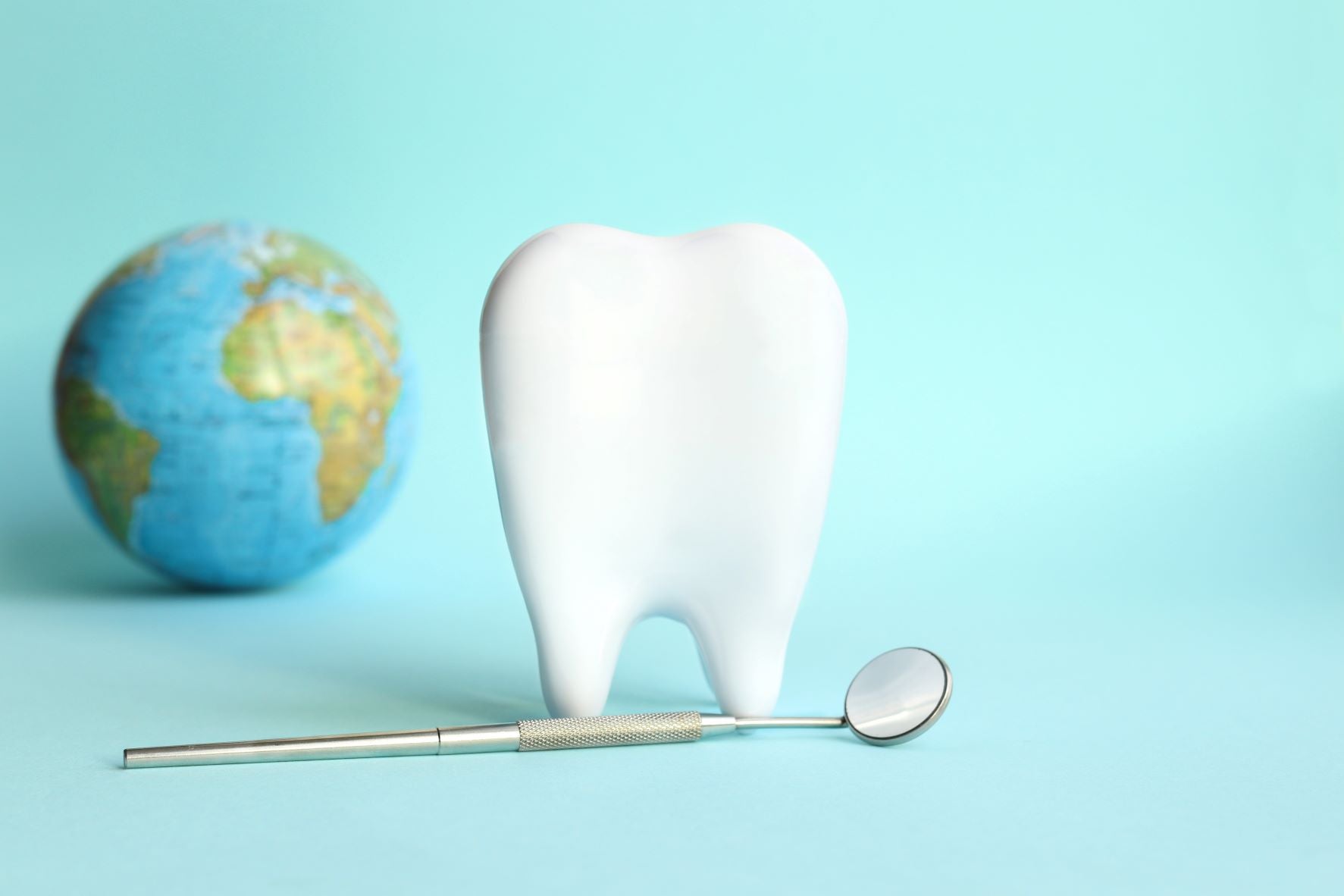A new Global Oral Health Status Report published on November 18, 2022 by the World Health Organization (WHO) shows that almost half of the world’s population (45% or 3.5 billion people) suffer from oral diseases, with 3 out of every 4 affected people living in low- and middle-income countries.
The WHO report also reveals that global cases of oral diseases have increased by 1 billion over the last 30 years—a clear indication that many people do not have access to prevention and treatment of oral diseases.
– Oral health has long been neglected in global health, but many oral diseases can be prevented and treated with the cost-effective measures outlined in this report, said WHO Director-General, Dr Tedros Adhanom Ghebreyesus in a statement.
Rapid increase of oral diseases
The most common oral diseases are dental caries (tooth decay), severe gum disease, tooth loss and oral cancers. Untreated dental caries is the single most common condition globally, affecting an estimated 2.5 billion people. Severe gum disease, or periodontitis, which is a major cause of total tooth loss, is estimated to affect 1 billion people worldwide. Meanwhile, about 380 000 new cases of oral cancers are diagnosed every year.
The report underscores the glaring inequalities in access to oral health services, with a huge burden of oral diseases and conditions affecting the most vulnerable and disadvantaged populations. People on low incomes, people living with disabilities, older people living alone or in care homes, those living in remote and rural communities and people from minority groups carry a higher burden of oral diseases.
This pattern of inequalities is similar to other noncommunicable diseases such as cancers, cardiovascular diseases, diabetes, and mental disorders. Risk factors common to noncommunicable diseases such as high sugar intake, all forms of tobacco use, and harmful use of alcohol all contribute to the global oral health crisis.
Barriers to delivering oral health services
Only a small percentage of the global population is covered by essential oral health services, and those with the greatest need often have the least access to services. The key barriers to delivering access to oral health services for all include:
Oral health care requires high out-of-pocket expenditures. This often leads to catastrophic costs and significant financial burden for families and communities.
The provision of oral health services largely relies on highly specialized providers using expensive high-tech equipment and materials, and these services are not well integrated with primary health care models.
Poor information and surveillance systems, combined with low priority for public oral health research are major bottlenecks to developing more effective oral health interventions and policies.
Opportunities to improve global oral health
The report showcases many promising opportunities to improve the state of global oral health including:
- adopting a public health approach by addressing common risk factors through promoting a well-balanced diet low in sugars, stopping use of all forms of tobacco, reducing alcohol consumption and improving access to effective and affordable fluoride toothpaste.
- planning oral health services as part of national health and improving integration of oral health services in primary health care as part of universal health coverage.
- redefining oral health workforce models to respond to population needs and expanding competencies of non-dental healthcare workers to expand oral health service coverage; and
- strengthening information systems by collecting and integrating oral health data into national health monitoring systems.
– Placing people at the heart of oral health services is critical if we are to achieve the vision of universal health coverage for all individuals and communities by 2030, said Dr Bente Mikkelsen, WHO Director for Noncommunicable Diseases, according to a statement.
– This report acts as a starting point by providing baseline information to help countries monitor progress of implementation, while also providing timely and relevant feedback to decision-makers at the national level, she added.
####
The WHO Global oral health status report reviews the most recent data on major oral diseases, risk factors, health system challenges and opportunities for reform. Read the report in full here.
As a separate online resource, WHO also provides the first-ever country oral health profiles for all 194 WHO Member States. For more information on oral health country profiles and related materials click here



Leave a comment
This site is protected by hCaptcha and the hCaptcha Privacy Policy and Terms of Service apply.